A biologist who found that a swarm of honeybees can create enough energy to have an impact on local weather conditions has offered more astonishing insight into the matter.
Dr Ellard Hunting from the University of Bristol, United Kingdom said: “The bee visits a flower and the pollen is actually electrostatically attracted to the bee.”
Speaking to science journalist Shayla Love on a podcast episode for the Scientific American, Dr Hunting explained the pollen would therefore stick better to the insects which were then better capable of transferring it.
For his recent study, Dr Hunting and his colleagues compared the electrical contribution of various swarming insect species with common sources of charge.
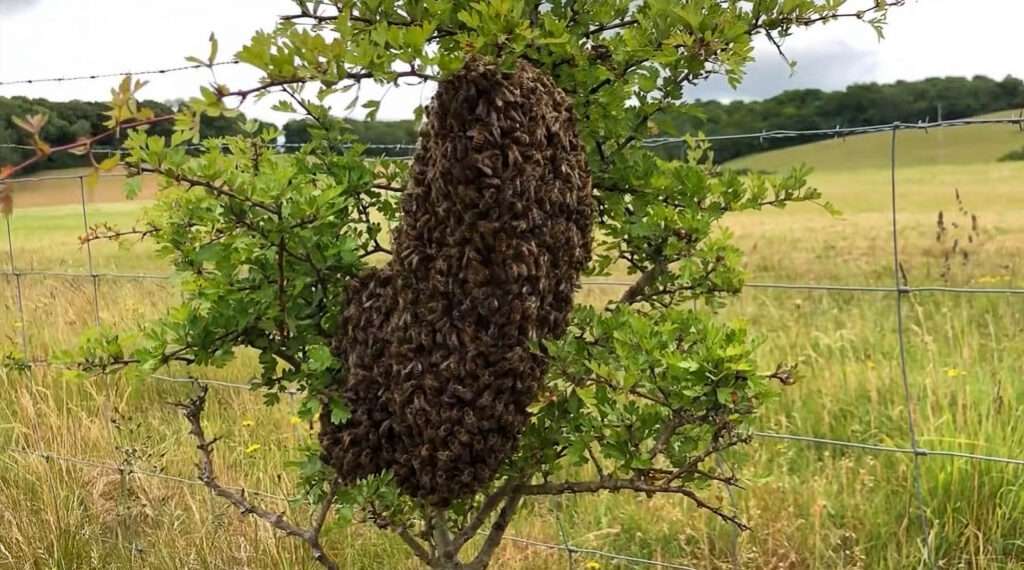
The biologist told Shayla: “We’ve known for quite a long time already that bees carried an electric charge.”
Asked whether the combined electric charge originated by the activity of pollinators should be taken into account in climate models, he said: “We can only speculate whether this might have an impact on cloud formation.”
Dr Hunting argued: “If there’s a direct link between insects and cloud formation, then we know that clouds are relevant to climate.”
Insects are a crucial aspect of biodiversity balance.
Dr Josef Mayr from the Austrian Agency for Health and Food Security (AGES) emphasised: “Honeybees and wild bees play an important role in our ecosystems. Alongside other insects, they are indispensable when it comes to the pollination of flowering plants.”
Dr Ben Langford, who works as an atmospheric scientist at the UK Centre for Ecology and Hydrology (UKCEH), said: “Some 75 per cent of our food crops and nearly 90 per cent of wild flowering plants depend, to some extent, upon animal pollination, particularly by insects.”

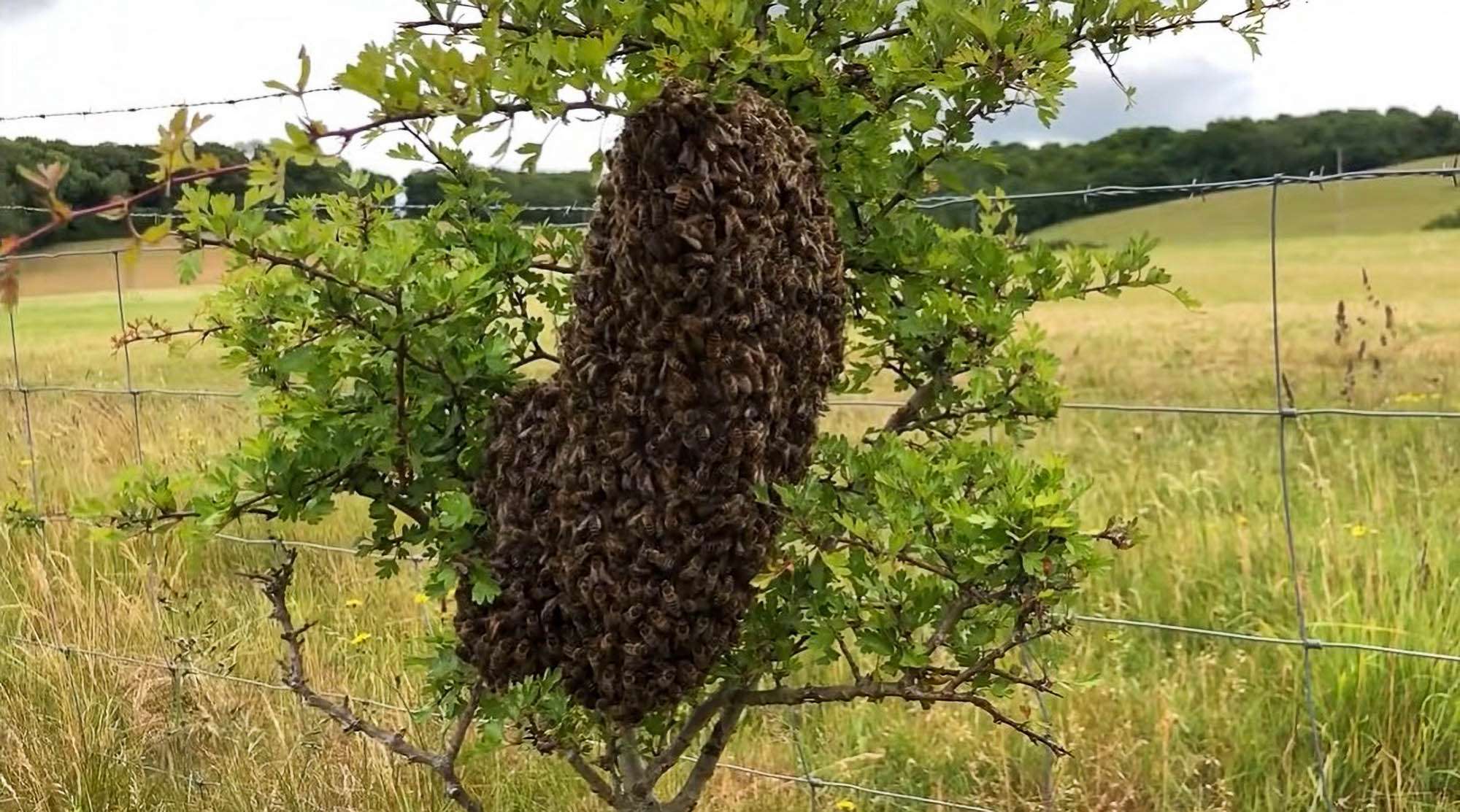



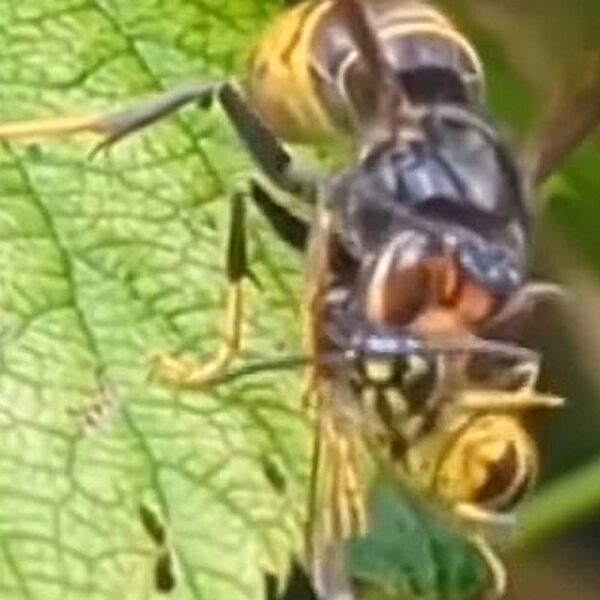


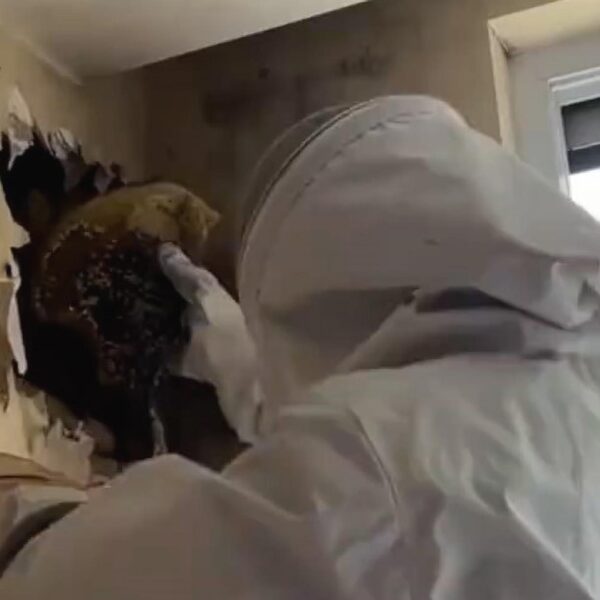
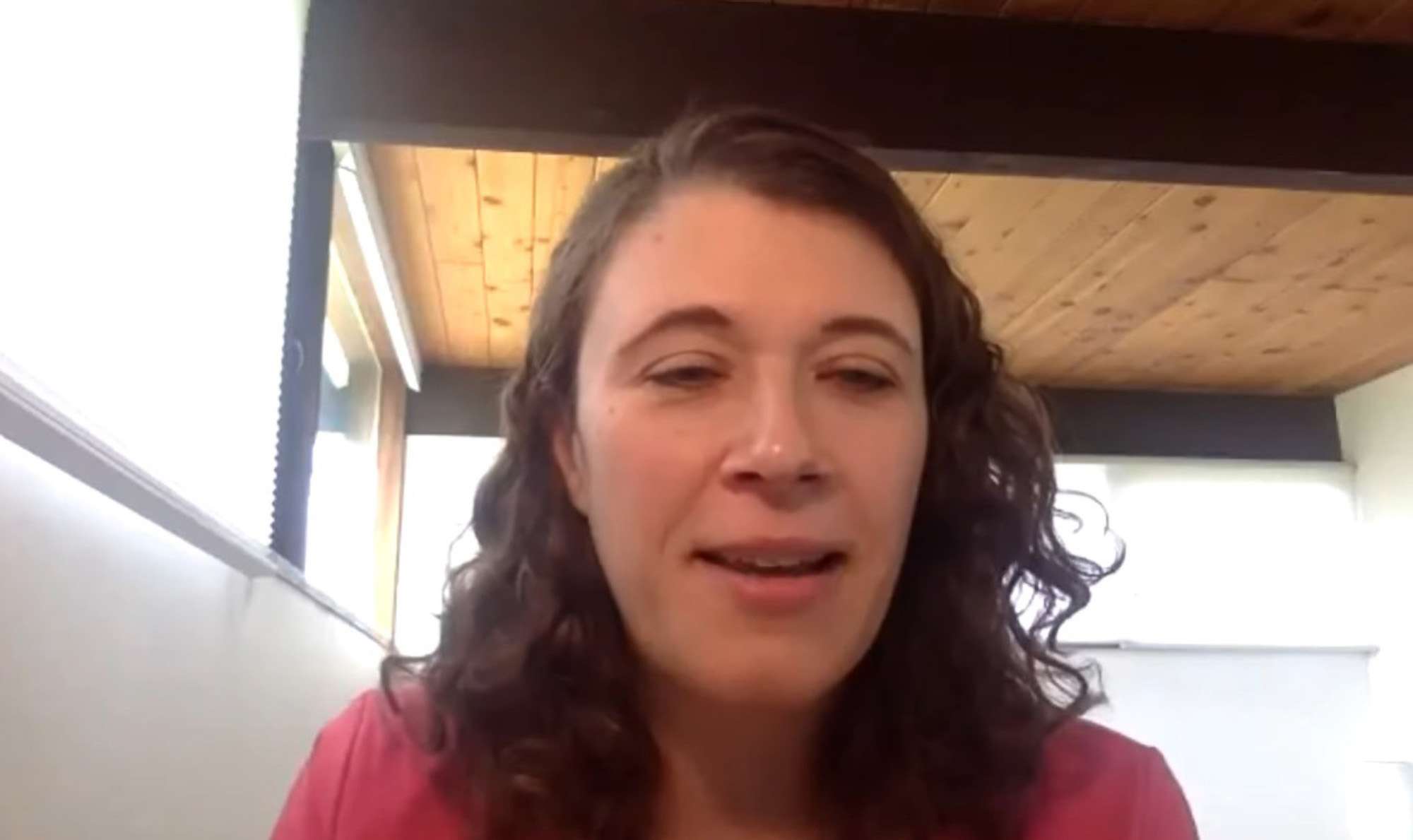
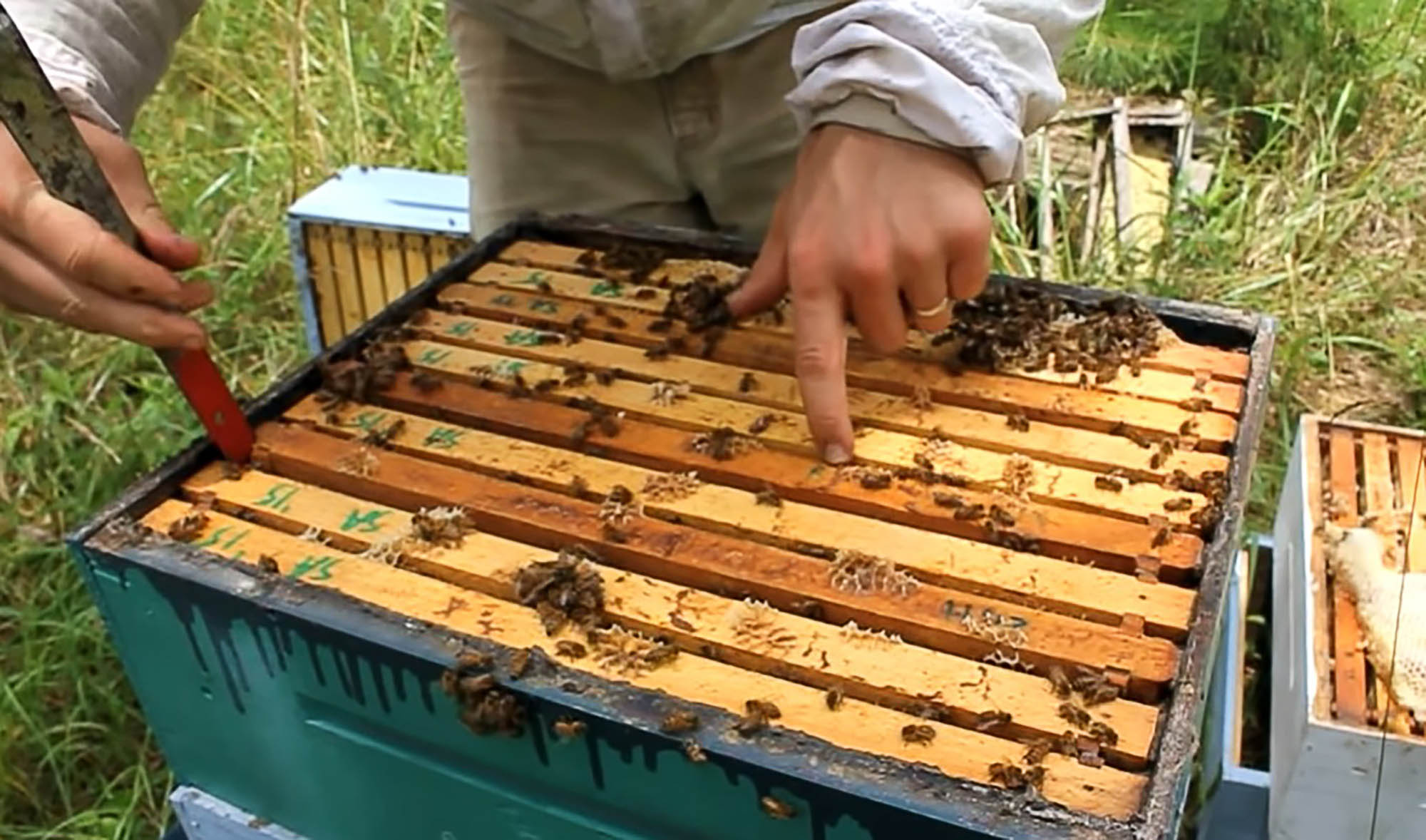
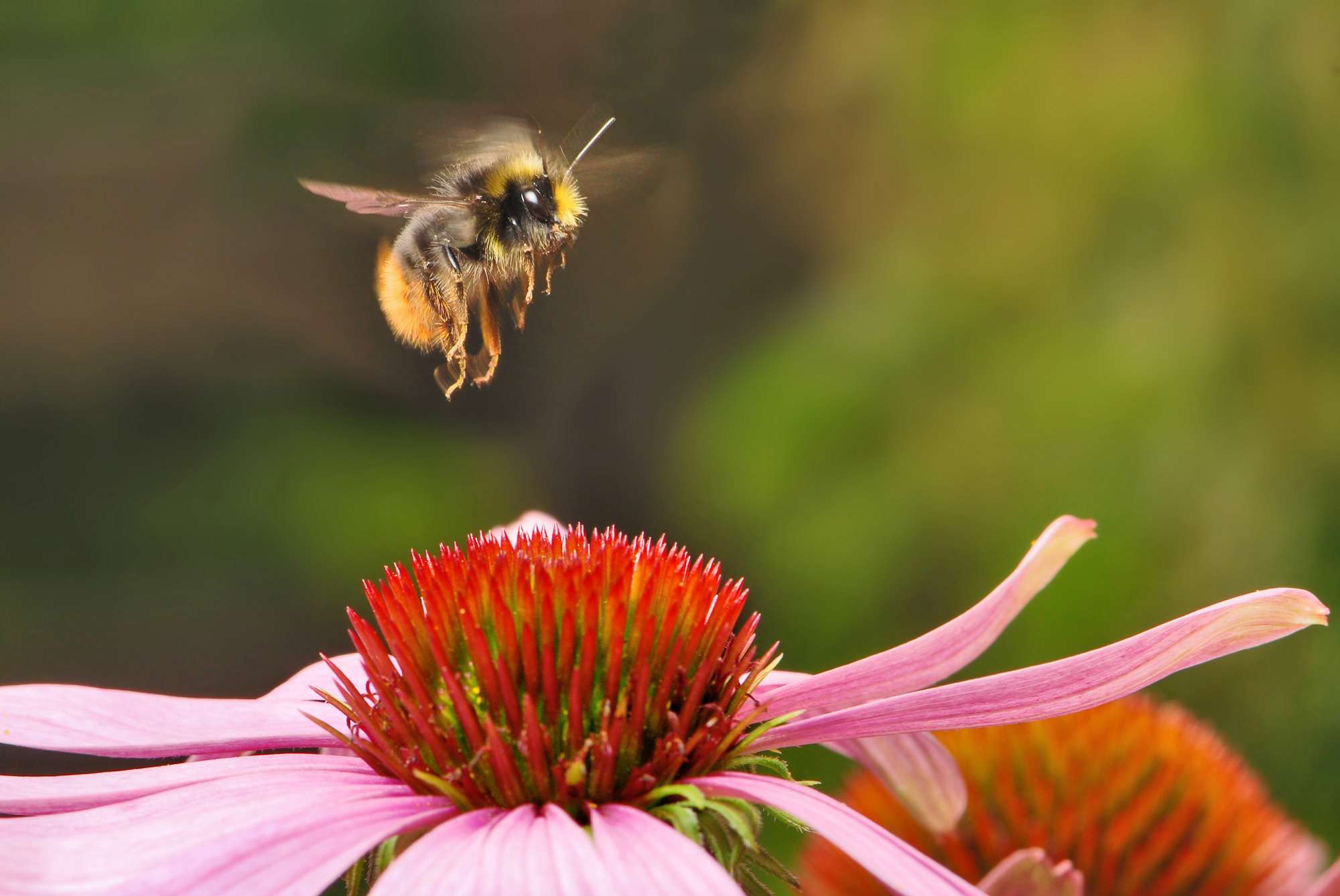
Does the type of flower affect the charge on the bee’s body?